Must-Have Apps for STEM Bloggers and Academic Researchers
Hi hivers!

Generated by DALL-E, edited by @mengene
This is my first STEM blog post in a while, and instead of boring you with why I haven't been active recently, i am writing this blog post to share some valuable resources that STEM bloggers and academic researchers can use to enhance their productivity and create high-quality content. These apps are user-friendly, free, and can be a game-changer when it comes to preparing professional blog posts or academic manuscripts. Whether you're a seasoned STEM blogger or a newcomer to the field, these tools are worth checking out.
We kick things off with:
Paper Digest is an amazing app that uses artificial intelligence to help summarize long articles easily. I've used it several times and have found it to be really helpful. It's not perfect, but it has a lot of potential and is likely to improve over time. Using Paper Digest is simple: just visit the website, enter the DOI code of the paper (note: only open access papers can be identified this way), and click the "Digest" button. Alternatively, you can upload a PDF document if you have one.
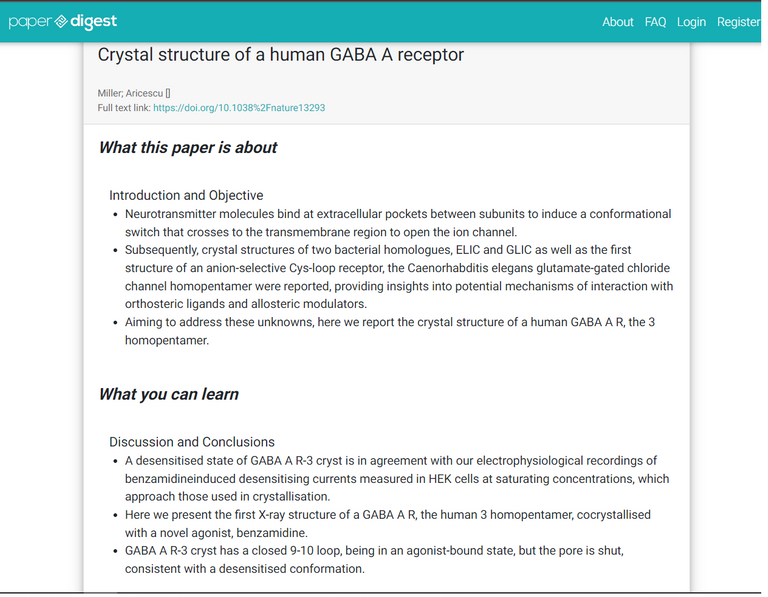
Example of a paper being summarised
Keep in mind that Paper Digest uses machine learning and AI to summarize papers, so you will still need to do a manual check of the summary. However, it provides an easy way to get a quick overview of a paper you might be too busy or lazy to read in full, especially if you're not sure if it will be relevant to your interests.
I have to admit, the thought of starting my dissertation was intimidating for months! I can't speak for others, but my academic writing skills are still developing during my master's program and I'm trying to learn as quickly as possible under my supervisor's guidance. For many students, the grammar, technical language, and specialized terms make academic writing challenging. That's why I want to introduce you to WRITEFUL.
This app is specifically designed to help academics improve their writing. The team behind the project has fed a huge amount of papers and journals into their machine learning algorithm, which uses that data to help you write the best paper possible.
To use WRITEFUL for free, you'll need to sign up (https://my.writefull.com/account) and verify your account by clicking the link in your email. Then, you can download the Word add-in and follow the installation process. When you see the prompt, be sure to allow access. You should now see the WRITEFUL tab next to the Help tab as in the picture above. Click on it and sign in to explore the available options.
One of my favorite features is the paraphrase tool, which has three levels of modification for selected text while still maintaining the meaning of the sentence. You can choose from several variations of paraphrased sentences and fine-tune them to convey the exact message you want to your reader. Of course, you'll still need to proofread and make any necessary adjustments, but WRITEFUL can save you a lot of time. I can't possibly cover all of its awesomeness in this blog post, so be sure to play around with it and see how easy it is to use.
Oh, and don't forget to check out their other product, WRITEFUL Revise, as well – you won't be disappointed!
Now that we've discussed ways to improve your writing skills and get your grammar, punctuation, and other details in order, let's talk about Penelope.ai. This is a great resource for taking your Word document and formatting it according to the specific requirements of a journal. As you may know, journals often have very specific formatting requirements, including the number of columns, figures, and references, and it can be time-consuming to get everything just right.
Penelope.ai (https://www.penelope.ai/precheck) can help by checking your article or document for a variety of common mistakes and ensuring that it meets the journal's requirements. I haven't used it myself yet, but I'm planning to in the future. You can try it out for yourself by visiting the website and uploading your file. The app will analyze your text and provide feedback on what changes to make and how to make them. There is also a free version available on the website. Using Penelope.ai could be a real game-changer in preventing those tiny errors that could lead to rejection of your manuscript by journals. When you receive the feedback via email, you'll find a password to enter and view the results.

One thing that I struggle with is keeping track of references, especially when I'm in the midst of putting together a research paper and trying to get a good overview of the literature. It's easy to lose track of all the articles I've been reading, especially if I take a break for even just a day. In my research field, it's important to understand how different studies are connected and who is citing whom, and LitMaps can help with that. This tool combines interactive citation maps with email updates to keep you up to date on new links to your map. You can start by using an author, a seed article, or simply exploring on your own.
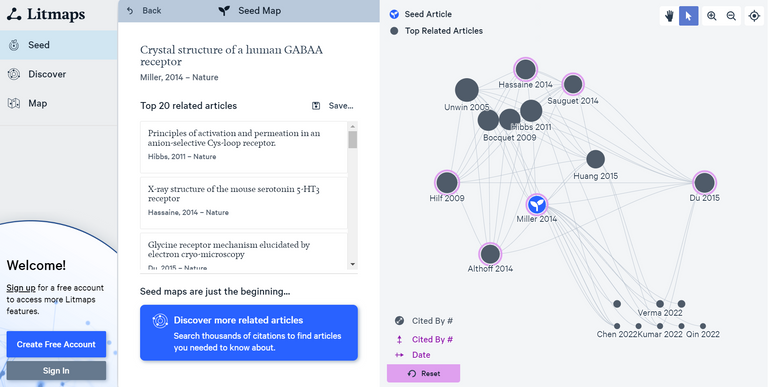
LitMaps is very visual, making it easy to click and see connections. It might take a little bit of time to get used to the interface, but once you do and set up those email updates, it becomes a fantastic tool for keeping on top of your research. It's especially useful for researchers who are working on multiple topics at the same time and might not have the time to sit down and really dive into the literature. With LitMaps, you can see all of your research visually in front of you, which I think is really useful. Give it a try and see how it works for you.
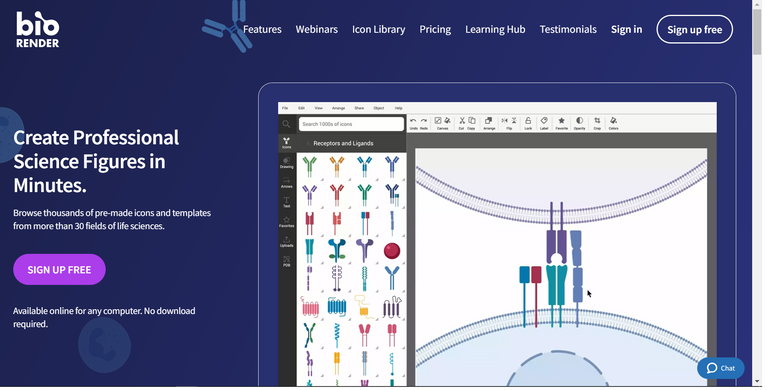
One thing that can really set a paper apart these days is the quality of the images and figures included. It's no longer enough to just include basic graphics or poorly-designed drawings. Instead, readers expect to see professional-quality images and figures. If you're working in the biological sciences, Biorender is an app that can help you create professional images and figures for your paper quickly and easily. It's like the Canva equivalent for scientists. You can sign up for free and try it out to see how it works.
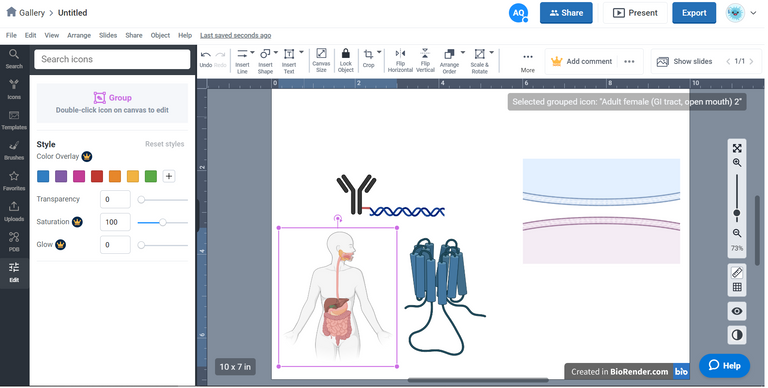
If you want to publish your figures in a paper, you'll need to pay a fee, which your research group or institution may be able to cover if you find the app valuable. Personally, I just take screenshots and make edits and crops as needed when I'm done designing the graphics. Using Biorender could help speed up the time-consuming process of creating figures for your research.
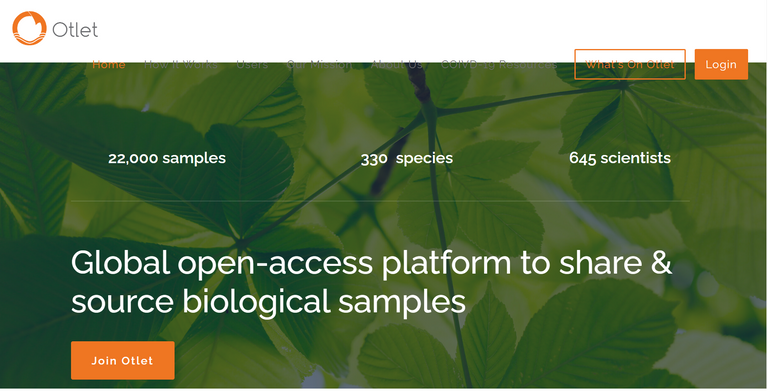
Otlet is a tool designed for sharing biological samples with researchers around the world. If you have a sample stored in your fridge that you no longer need or have used up, you can upload it to Otlet to let other researchers know it's available. Similarly, if you're looking for a specific sample, you can use Otlet to find it and collaborate with other scientists who have samples to share. This can be especially helpful for early career researchers who may have more difficulty breaking through collaboration barriers. Sharing samples can also help reduce the impact on the natural world, as it allows researchers to sample less overall. Otlet is a great resource for researchers in the field of Natural Products and other related biological sciences.

Growkudos is a platform that helps you share your research more effectively and efficiently. It's a great tool because it allows you to collect and share the story of your science, even after you've published it and moved on to other projects. Many scientists do their work, publish it, and then forget about it, but with Growkudos, you can put all that information on a web page and even get help disseminating it to a wider audience. Getting your research out into the world is important because it gives your science the best chance to be used by someone who can further it or by an end user who can benefit from it. By taking a few minutes to use tools like Growkudos to capture the story of your research, you can help people understand and remember it, and they may even pass it on to others. Be sure to check out Growkudos – it's a great solution to a part of science that is often overlooked: communication.
We take a break here! Did any of the apps I mentioned earlier catch your attention or were they all familiar to you? Let me know in the comments which app you use the most, or if you know of any other apps that you think would be useful for STEM bloggers and academic researchers. I have a few more suggestions to share, but I don't want to make this post too long. Until we meet again in my next post, stay safe and sane.


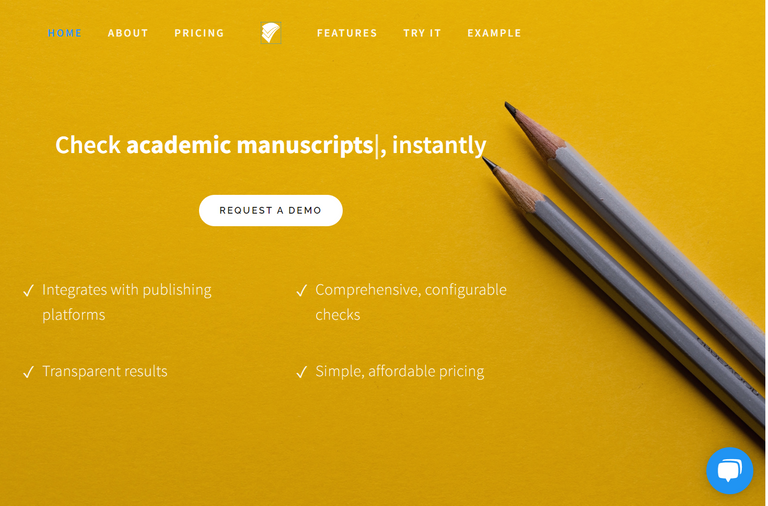
This is incredible, I was completely unaware of the existence of these tools. I particularly like to write a lot, but academic writing is a bit laborious for me. I write about medicine, science, but I always try to make it easy to digest, so when I'm faced with more technical writing it's often a challenge.
Good input on this one you share. Thank you.
Thank you for your comment and for sharing your experience with academic writing! I'm glad to hear that you found the information in the blog post helpful. Academic writing can certainly be a challenge, especially when it comes to more technical subjects. However, as you mentioned, it's important to try to make the content accessible to a wider audience, even if you're writing about complex topics. Tools like Writeful can be a big help in this regard, as they can provide guidance on how to improve your writing and make it more readable. If you're still struggling with academic writing, it might also be helpful to seek feedback from a mentor or a writing tutor. Remember, the more you practice and the more feedback you receive, the better you'll become at academic writing. Keep at it and don't be afraid to ask for help if you need it!
These are really incredible application which truly one must not do with. I will need to explore it out
I'm glad to hear that you found the information about the different apps useful and that you're interested in exploring them further.
Interesting tools I didn't know all of them! lol

So I used Grammarly for what writeful do , have you had a chance to compare both?
Also you forgot reference managers tools! MEndeley is good in my point of view but I haven't searched new options for a while
!1UP
Thanks for reading through! I believe Grammarly and Writeful are both useful tools for improving your writing, but they serve different purposes. Grammarly is a grammar and spelling checker, while Writeful helps you find alternative ways to express your ideas and improve your writing style. There are many reference management tools available, including Mendeley, Zotero, EndNote, and RefWorks, and the best one for you will depend on your specific needs and preferences. Was planning to write about them in a later blog post!
You have received a 1UP from @gwajnberg!
@stem-curator, @vyb-curator, @neoxag-curator
And they will bring !PIZZA 🍕.
Learn more about our delegation service to earn daily rewards. Join the Cartel on Discord.
I gifted $PIZZA slices here:
@curation-cartel(18/20) tipped @mengene (x1)
Learn more at https://hive.pizza!
Thanks for your contribution to the STEMsocial community. Feel free to join us on discord to get to know the rest of us!
Please consider delegating to the @stemsocial account (85% of the curation rewards are returned).
You may also include @stemsocial as a beneficiary of the rewards of this post to get a stronger support.